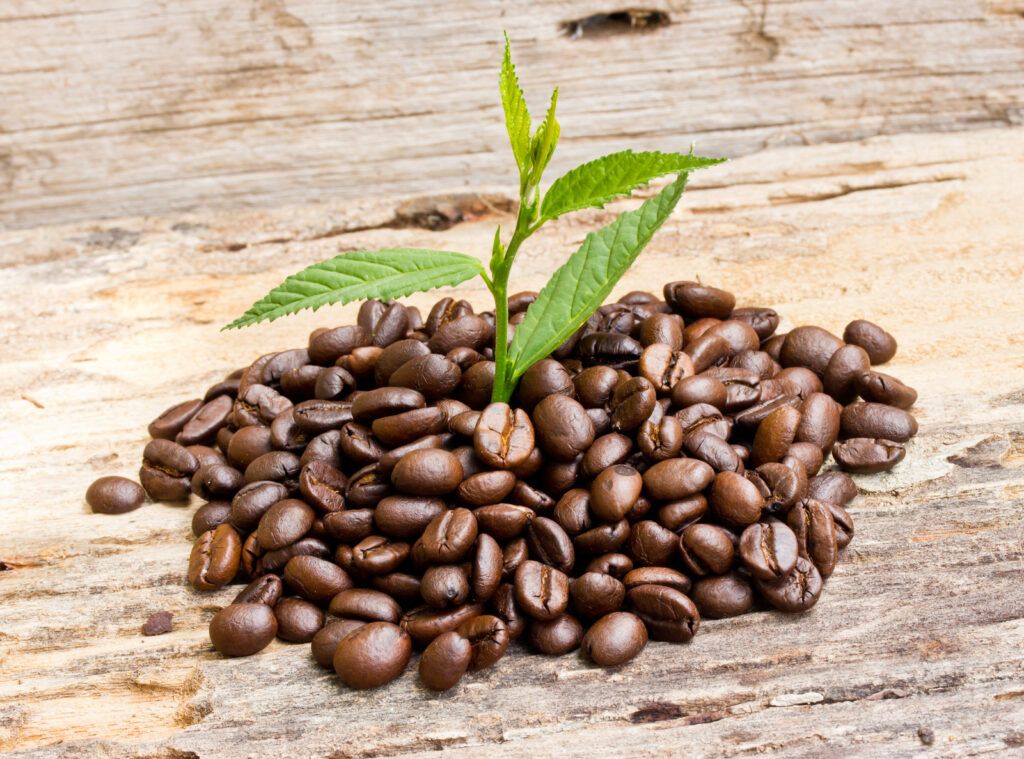
While single serve pods are convenient, the fact remains that an estimated 13 Billion pods are added to the landfill each year. The public’s awareness and concern was heightened with the spoof video, “Kill the K-Cups”, which went viral in January 2015. All of a sudden, manufacturers went green. Claims like “eco friendly”, “97% recyclable”, “bio degradable”, etc seemed to adorn the packages in increasing frequency. Admittedly, the rules governing bio degradation are not clear and so the FDA imposed penalties for exaggerated claims. And so the claims lessened. Note that given enough time (centuries), rocks will degrade.
Not so with composting. Before a product can claim compostability, it must pass a rigorous test prescribed by the American Society of Testing and Materials (ASTM). In particular, ASTM D 2400-12 specifies the conditions and the time for each test. No wiggle room. The product is tested for the presence of heavy metals, % ash, harmful chemicals, and the like. The product is then pulverized and placed in a controlled version that simulates a compost pile. After 85 days, two trees are planted and are expected to grow in the mixture. Then, and only then, can the product be termed “compostable”.
It should be noted that since heat, water, and air are involved in a specified manner, the FDA requires that the composting be conducted in a commercial facility, thus the qualification that a commercial composter be used. While it is possible that serious home composters or community gardens could mimic the process, the stipulation remains..
The pods used in the GORBY 1000 machine are in the final stages of the testing process and are expected to be in full compliance of the ASTM standards . For more information about these standards, please click here.

